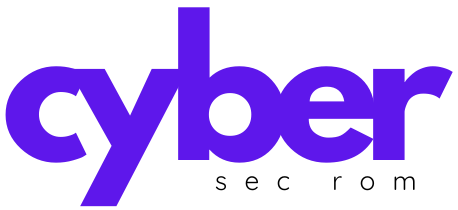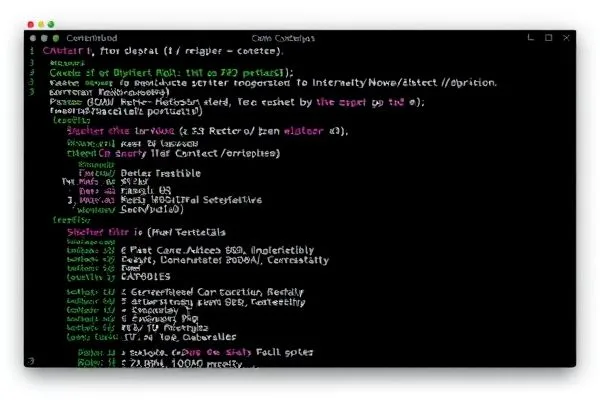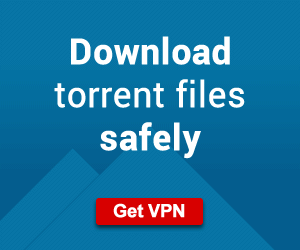In the ever-evolving world of cybersecurity, understanding and addressing vulnerabilities is paramount. A recent analysis has uncovered a critical flaw in the NVIDIA Container Toolkit, specifically CVE-2024-0132, which poses substantial risks of container escape exploits. This situation underscores the pressing need for organizations to assess their security infrastructure rigorously.
\n
Key Takeaways:
\n
- \n
- ✅ CVE-2024-0132 is a Time-of-Check Time-of-Use (TOCTOU) vulnerability that threatens container security.
- ✔️ An incomplete patch leaves systems potentially exposed, highlighting the importance of effective patch management.
- ✅ Performance flaws in Docker on Linux may lead to Denial-of-Service (DoS) threats.
- ✔️ Strong access control measures and regular audits can mitigate these vulnerabilities effectively.
\n
\n
\n
\n
\n
The vulnerability carries a CVSS score of 9.0, allowing attackers to bypass container isolation and access sensitive host data. If not addressed, this flaw can jeopardize operations and the integrity of critical information.
\n
Experts from Trend Micro have pointed out that the existing patch is incomplete, allowing unauthorized command execution with root privileges. Additionally, CVE-2025-23359 represents another significant threat stemming from the original vulnerability, emphasizing the necessity for thorough vigilance.
\n
During the analysis, a separate performance issue emerged concerning Docker on Linux systems. When containers are inadequately initialized, it can lead to excessive growth in the Linux mount table, ultimately causing operational disruptions due to file descriptor exhaustion.
\n
To mitigate these issues, organizations should implement the following practices:
\n
- \n
- Monitor the Linux mount table for abnormal growth patterns.
- Restrict Docker API access to trusted personnel.
- Conduct regular audits of container configurations and mounts.
\n
\n
\n
\n
FAQs
\n
- \n
- What is a TOCTOU vulnerability?
A Time-of-Check Time-of-Use vulnerability arises from a race condition where system changes can occur between a check and its subsequent action. - How can risks related to container vulnerabilities be managed?
Regular monitoring, timely updates, and strict access control are key to enhancing security. - Why is patch management essential?
Effective patch management is crucial for addressing vulnerabilities and minimizing the potential for cyber exploitation. - How do performance issues impact container security?
A performance issue can lead to denial-of-service risks, emphasizing the need for comprehensive security measures.
\n
\n
\n
\n
\n
In conclusion, maintaining vigilance and proactive strategies is necessary for safeguarding against vulnerabilities such as CVE-2024-0132. Ongoing monitoring, effective patch management, and stringent access controls will fortify defenses against an increasingly sophisticated cyber threat landscape.








